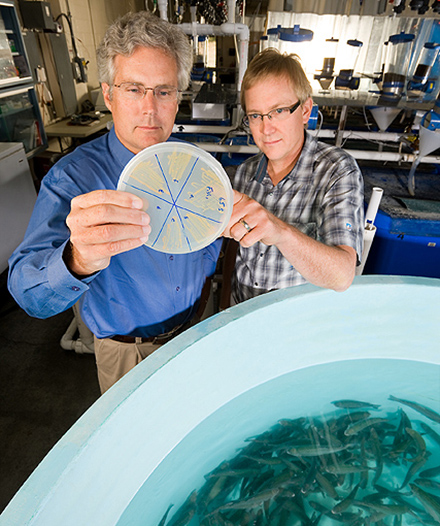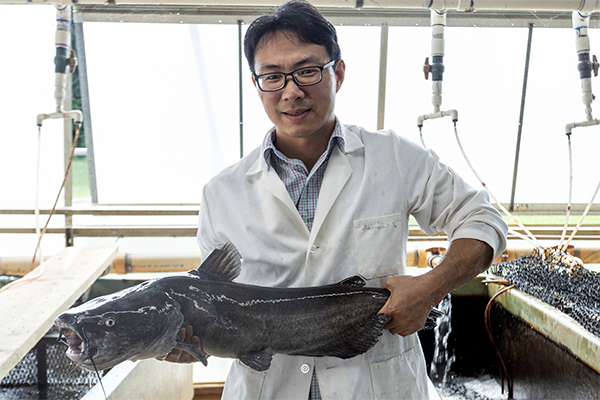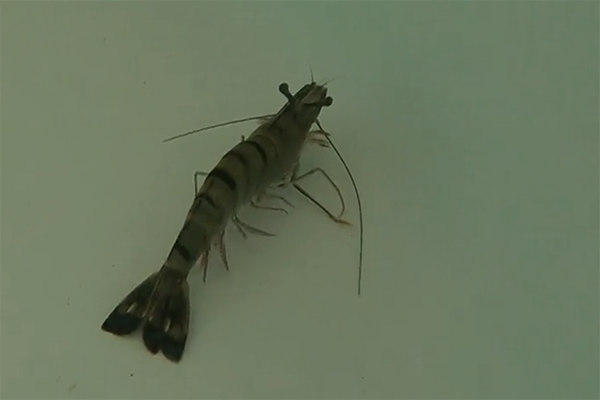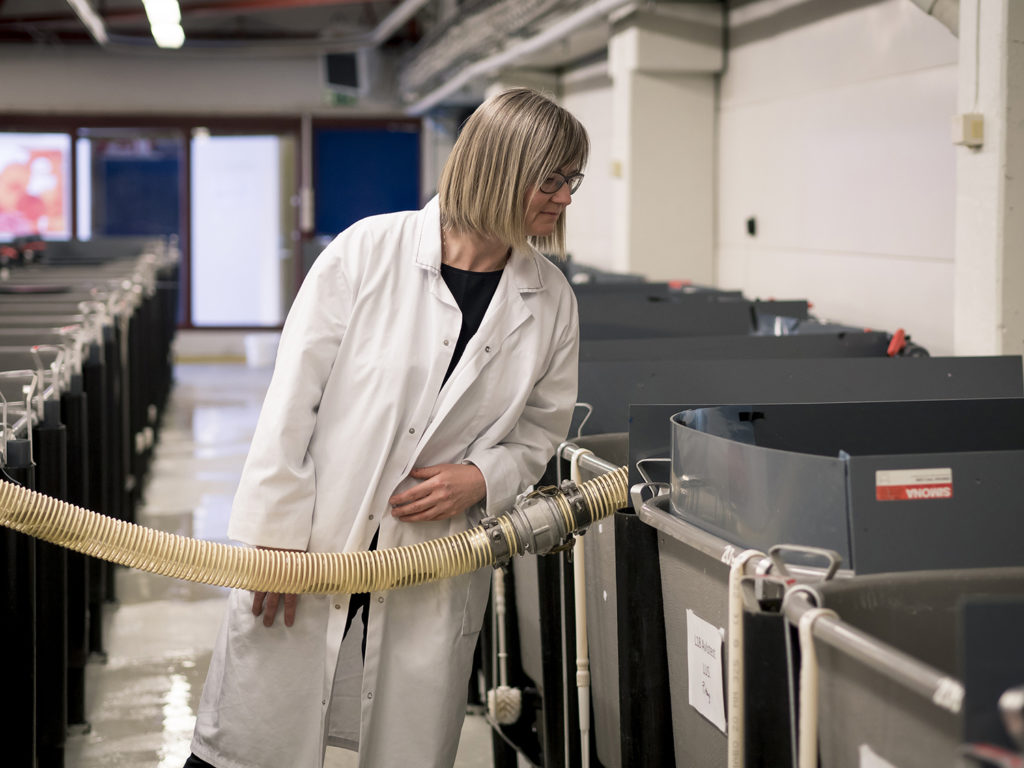Technology will have a ‘large impact’ on aquaculture, say USDA-ARS researchers

Using genomics, researchers from the USDA’s Agriculture Research Service (ARS) have developed a new rainbow trout line, ARS-Fp-R, that is resistant to bacterial cold-water disease.
The feat was accomplished by analyzing genetic markers – groups of genes the researchers capture using breakthrough technology that has become vastly more affordable in recent years. One key tool is the SNP Chip (pronounced “snip chip”), a kind of DNA micro-array – essentially a tiny slide printed with information about an organism’s genetic sequence. As a result, the researchers have “increased the sophistication of their efforts,” improving more traits more quickly than ever before. Originally, they had just focused on raising ever-larger fish.
“We made very consistent improvement, generation over generation,” said Leeds. “But improving growth performance is a pretty straightforward trait to work on, and industry can do that themselves.”
Now, with the ability to peer into the genome of the fish, researchers can investigate traits at a much deeper level: Everything from fish feed efficiency to their resistance to pathogens. Near the top of their list: Resistance to bacterial cold-water disease, a leading killer of farm-raised trout. With traditional breeding methods, it had been difficult to address the illness.
“How do you phenotype? That’s always the challenge,” Leeds said, referring to the process of identifying the physical manifestations of genes in an organism. “Getting into a trait like disease resistance is hard to do.”
With traditional breeding, the researchers found that “this trait was heritable” – meaning that researchers could improve it by selecting and propagating families that are most resistant. But with genomic technologies, the team can more accurately identify individual fish, not just families, that are more resistant, leading to more rapid improvement of the trait in the population.
The wealth of genomic information also allows researchers to better understand actual genes and biological mechanisms that affect disease resistance. By developing fish that are naturally disease-resistant, it’s possible to limit the amount of antibiotics that are used.
In addition, because fish produce so many offspring at once, any improved trait can be spread into new populations very quickly. Leeds explained that because of the large family size and very high fecundity of fish, it is easy to amplify preferred traits. He believes these changes will have a large impact on the aquaculture industry.
“If you have a fish that can have 5,000 offspring vs. a litter of 12 pigs or a single calf, think about how that can expedite the amplification of truly elite genetics,” he said. “Most people think fish, well that’s worth a couple of dollars in the marketplace. But when you think about the fecundity of these fish, it’s worth investing in them to find the truly elite seedstock that can quickly be amplified and really impact the industry.”
Follow the Advocate on Twitter @GSA_Advocate
Now that you've reached the end of the article ...
… please consider supporting GSA’s mission to advance responsible seafood practices through education, advocacy and third-party assurances. The Advocate aims to document the evolution of responsible seafood practices and share the expansive knowledge of our vast network of contributors.
By becoming a Global Seafood Alliance member, you’re ensuring that all of the pre-competitive work we do through member benefits, resources and events can continue. Individual membership costs just $50 a year.
Not a GSA member? Join us.
Author
Tagged With
Related Posts

Health & Welfare
Auburn researchers map the blue catfish genome
The work will aid genetic improvement using gene-editing or genome-assisted selection and result in better breeds for the U.S. catfish industry.

Health & Welfare
A look at aquaculture genomics
Advances in genomics assist aquaculture science by deepening the understanding of adaptation, physiology and quantitative genetics.

Health & Welfare
Australian research partnership maps the black tiger prawn genome
A collaboration of research institutes and industry has mapped the genome of an iconic Australian seafood species, the black tiger prawn.

Innovation & Investment
AquaGen CEO: Genomics are transforming aquaculture
The CEO of AquaGen knew that the Norwegian research group’s work in genomics was key to the salmon industry’s future. And that was before she even worked there.



